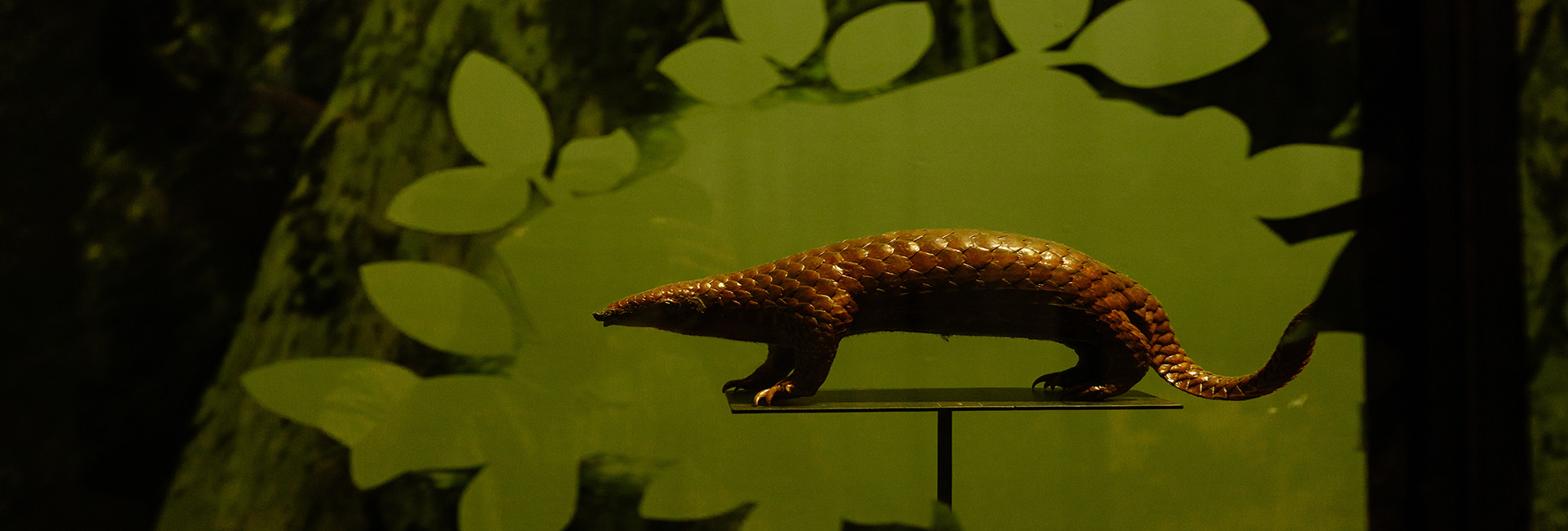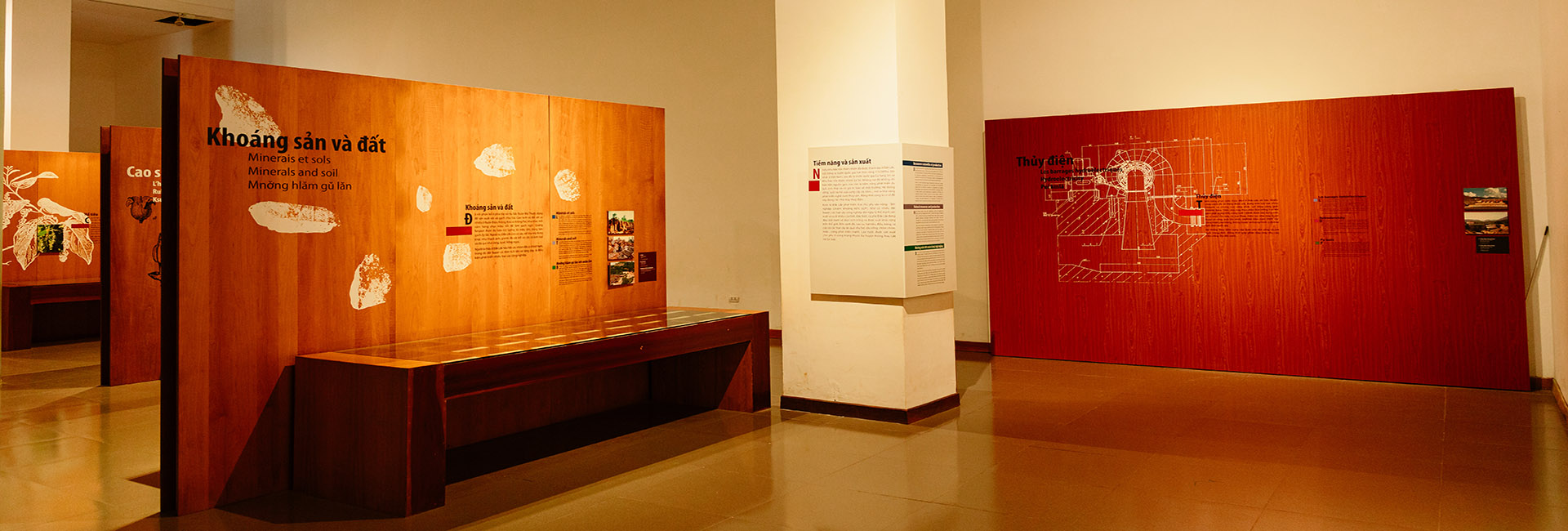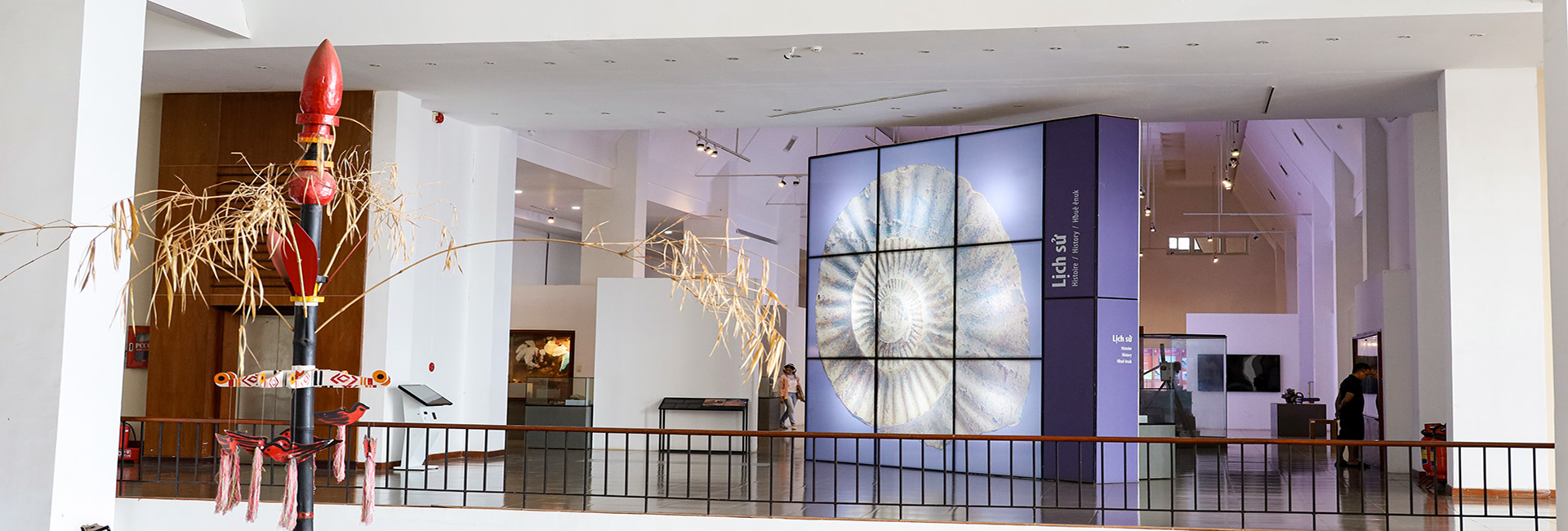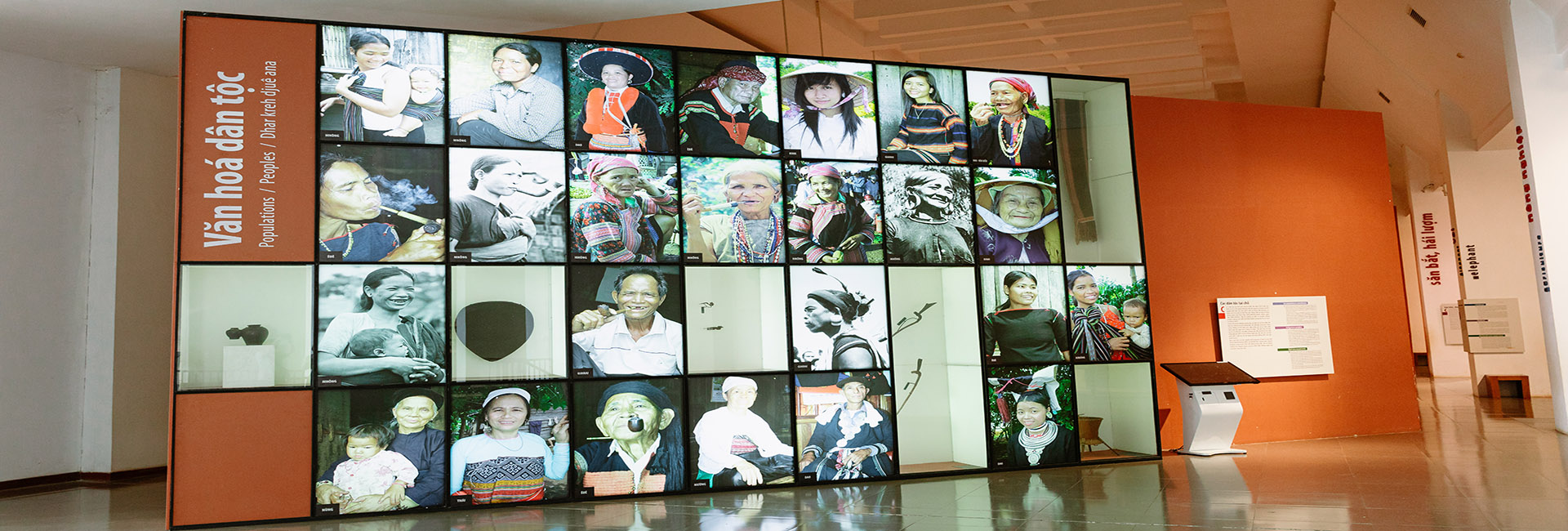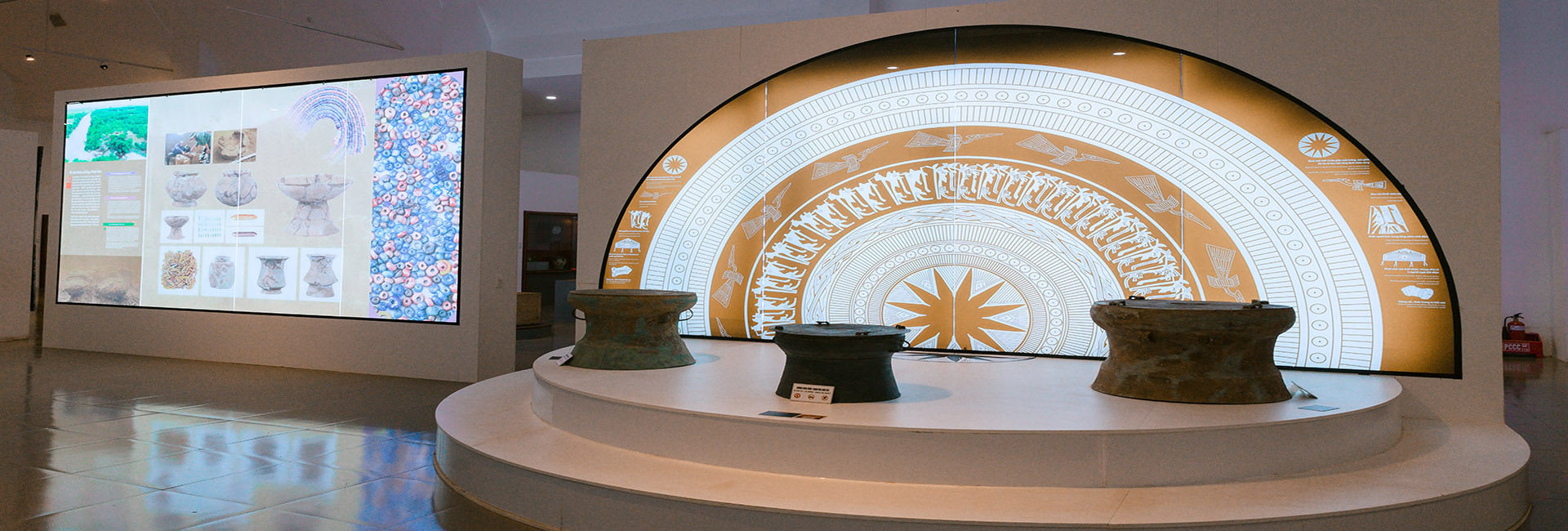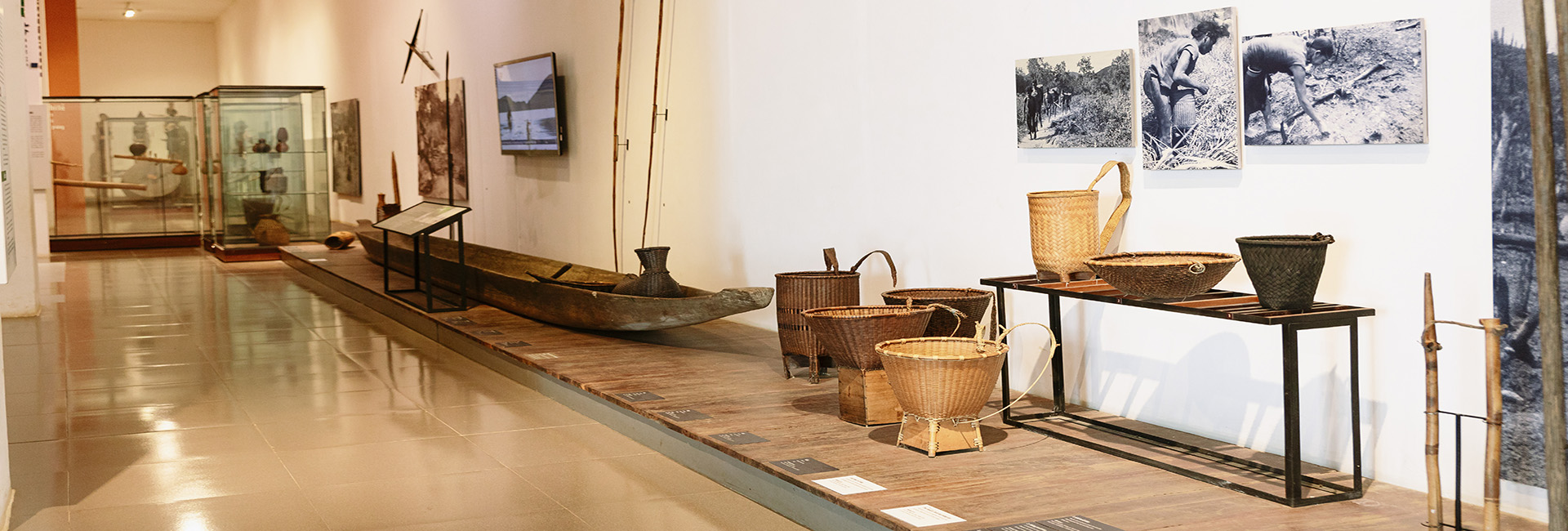JOURNEY TO HISTORICAL RELICS IN BUON MA THUOT CITY
Buon Ma Thuot, a beautiful city of Dak Lak plateau, is transforming and developing into a modern and civilized city. The journey to discover the historical relics in the city will help us return the history of this land, visit the places of revolutionary traditional education to get more loved and prouder of this land.
Lac Giao Communal House - the first communal house of Vietnamese people in the Central Highlands
Lac Giao Communal House is located at 67 Phan Boi Chau, Thong Nhat ward, Buon Ma Thuot city, built by Lac Giao villagers in 1928, with the purpose of serving as a place for cultural activities, beliefs and worshiping the village God. "Lac Giao" means to express the friendship, the Kinh - Thuong oath vowing to fight against the oppression and exploitation of the colonial government.
The Communal House was built in the style of Mon letter with an area of 100m2 located in a campus of 700m2. The Communal House is a place for worshipping the God Emperor-Dao Duy Tu, who contributed to the country, established the village and the Communal House.
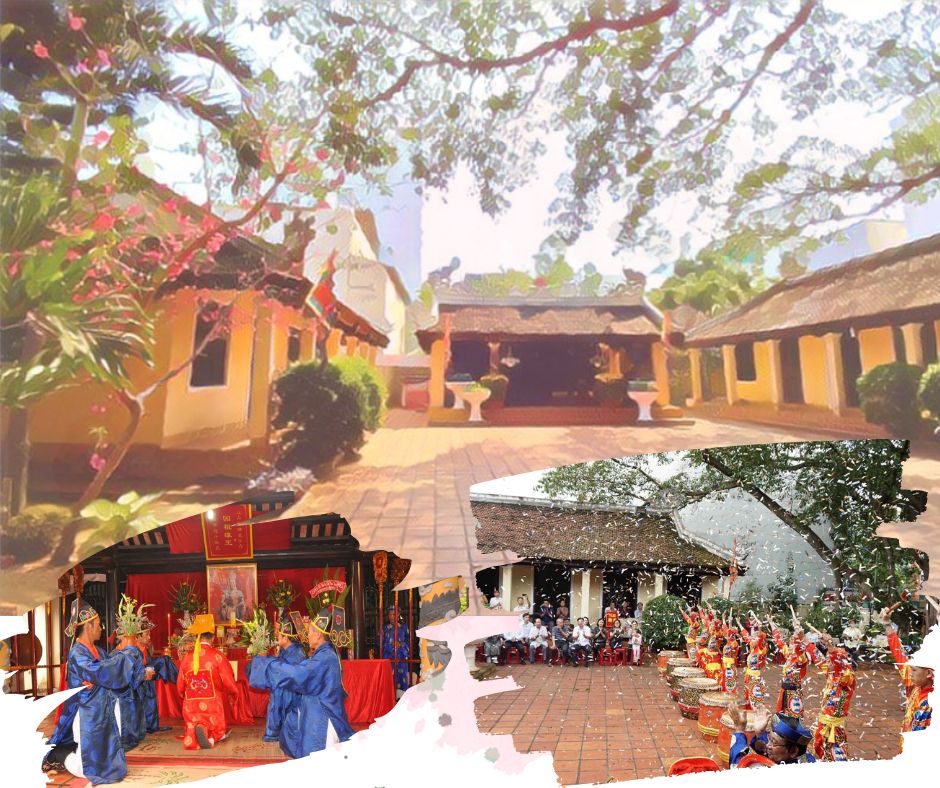
When the August Revolution was successful, Lac Giao Communal House was the place where the revolutionary government was introduced, the children of Lac Giao village became soldiers of the National Guard or joined the revolutionary government. This is also the place where the opening event of the Military Management Committee of Buon Ma Thuot town taken place on March 18th, 1975.
Every year, on the occasions of Spring and Autumn, at Lac Giao Communal House, the villagers hold sacrifices: Spring Festival (January 17th of the lunar calendar), Fall Festival (August 17th of the lunar calendar) for the purpose of praying for good luck, favorable weather, peace and prosperity nation, Hung Kings Commemoration (March 10th of the lunar calendar), Commemoration of 100 Southern soldiers and compatriots died in Buon Ma Thuot on December 1st, 1945 (October 27th of the lunar calendar).
Buon Ma Thuot Exile House, High-class School for Communism in the Dak Lak Plateau
Located at 18 Tan Thuat Street, Tu An Ward, Buon Ma Thuot City. The Buon Ma Thuot Exile House is not only a place to witness the crimes of the colonialists and empires but also a place to practice the resilient will of revolutionary soldiers during the two long resistance wars of the nation.
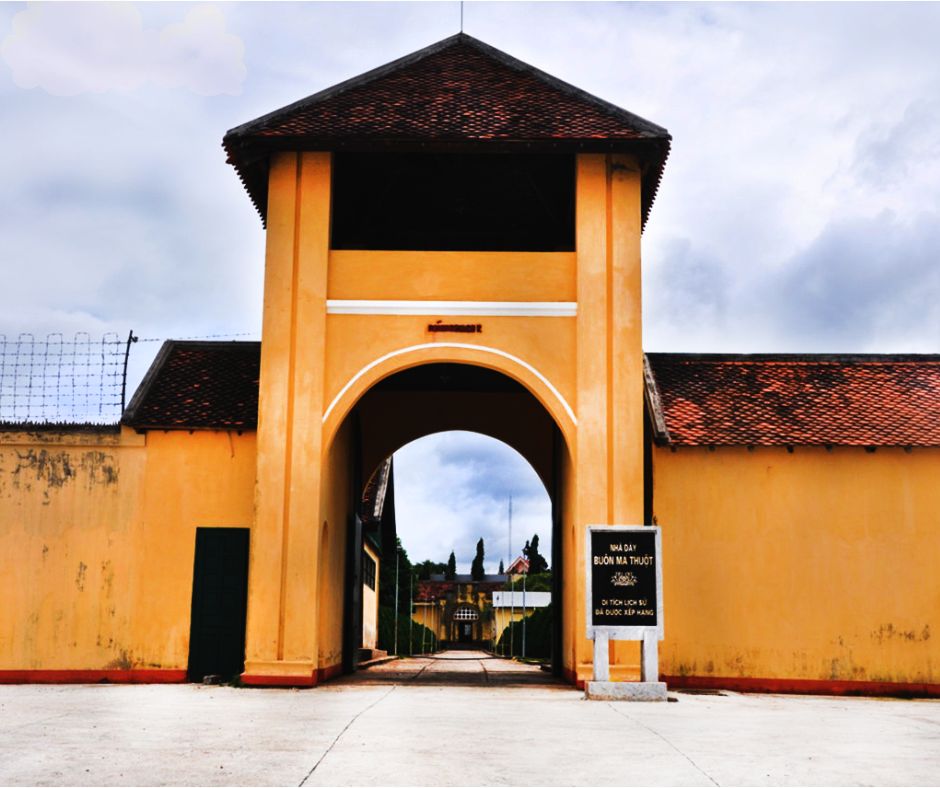
Built during 1930 and 1931, Buon Ma Thuot Exile House is a closed system with an area of nearly 2 hectares, including: 06 rows of collective cells, each of which is 30m long and 6.5m wide can accommodate more than 100 prisoners; and 01 row of cells used to hold solitary confinement prisoners deemed extremely "dangerous" and leaders of the struggle movements at the Buon Ma Thuot Exile House; In addition, there are other construction works for the rule of law such as workshop, kitchen - canteen, medical house, etc.
At the Buon Ma Thuot Exile House, revolutionary soldiers constantly trained and cultivated themselves in patriotism and unyielding fighting spirit. In 1940, the first Communist Party Cell in Dak Lak was established, it was here that the fire and the line of the Vietnamese Communist Party were rekindled as the core to spread everywhere, playing a huge role for the national liberation movement in Dak Lak.
When the August Revolution was successful, the Buon Ma Thuot Exile House was freed and the prisoners were liberated. Until 1954, when the US invaded Vietnam, they continued to use this place to hold prisoners and divided the Exile House into two parts: one side serving military supplies and the other side was a correctional center. They built some constructions such as the chapel house, the house of prosperous nation and peaceful peoples, the torture house, the rows of cells, etc.
In 1980, Buon Ma Thuot Exile House was classified as a national historical site by the Ministry of Culture and Information. On December 24th 2018, it was classified by the Prime Minister as a special national historical relic.
Bao Dai Palace - a green lung in the heart of Buon Ma Thuot city
National Historic Relic No.04 Nguyen Du (Bao Dai Palace) is located at 02 Y Ngong Street, Tan Tien Ward, Buon Ma Thuot City. Here, before 1905 was Maison Lefévre Restaurant. In 1914, when Sabatier returned to work as an Ambassador in Dak Lak, he chose this site to build the District Attorney's Office. In 1926, after replacing the Ambassador - Sabatier, the Ambassador - Giran renovated and built the building as it is today and was called the Ambassador Building, according to the locals, called Sang Ae Prong (House of the Big Man).
In 1947, the French Government guaranteed Vinh Thuy (Bao Dai) to return home as the Head of State. From November 1947 to around May 1948, Bao Dai came here to stay and work for nearly 8 months. Then, between 1949 and 1954, Bao Dai often came here at the beginning of the rainy season to rest and hunt annually, so this house was also called Bao Dai Palace.

National Relic No.04 Nguyen Du (Bao Dai Palace) is not only the place where the provincial great historical events happened but It is also a beautiful architectural work. It is the only place in the city preserving many one more hundred-year ancient primeval trees. With an area of nearly 6.5 hectares, including a palace and an elephant mahout house, the campus of this relic is really a green lung, contributing to bringing fresh air to Buon Ma Thuot city.
The Headquarters of the Dak Lak Provincial Uprising Committee 1945 - the place to prepare for the August Revolutionary Uprising in Dak Lak
Located at 71 Ly Thuong Kiet Street, Thang Loi ward, Buon Ma Thuot city. The headquarters of the Dak Lak Provincial Uprising Committee 1945 was the home of Mr. Dau Viet Chuc, a revolutionary base of the Viet Minh. The house is the secret communication base of the Viet Minh in Dak Lak in particular and the whole Central region in general, the political prisoners exiled from the central provinces and establishments outside; and it is a place to receive and nurture political comrades.
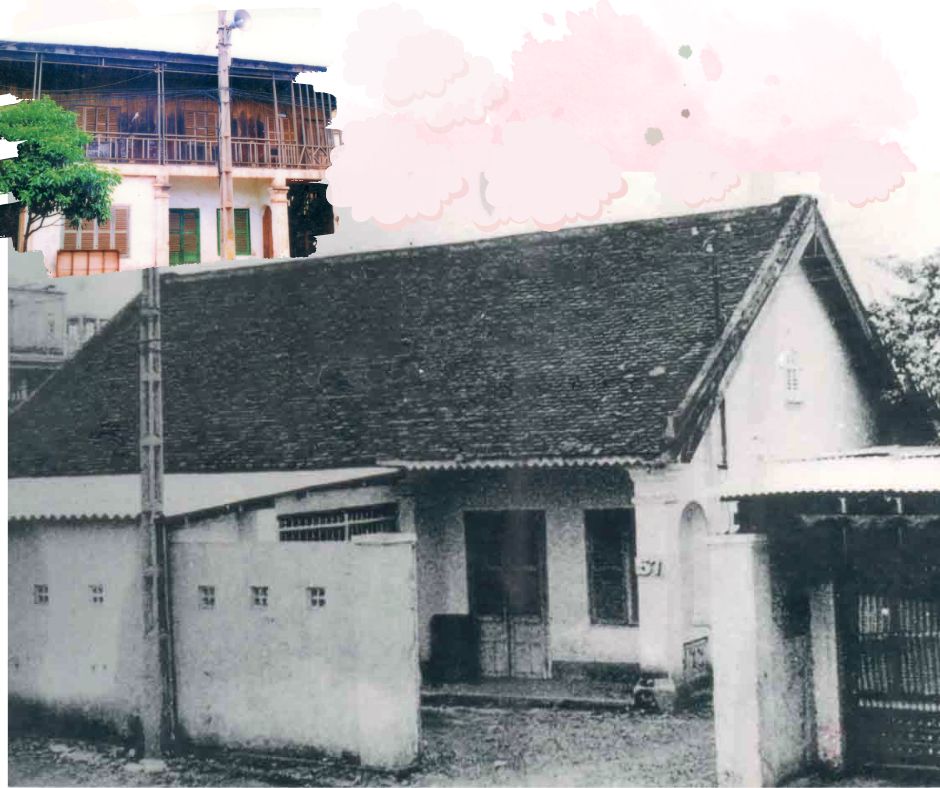
In particular, on the evening of August 19th, 1945, at this location, the provisional leadership of the province convened an emergency conference to hear the situation of the neighboring provinces and decide the time to seize power at the government at provincial level. This was a creative and daring decision, taking advantage of the element of surprise to create a premise for the victory of the uprising to seize power in Dak Lak in particular and contribute a link to the success of the August Revolution of 1945 of Vietnam in general.
Commemoration site of Southward soldiers in Buon Ma Thuot, a vivid and eloquent proof of a difficult, cruel but extremely heroic and glorious period of Vietnam’s army and people.
Located at 05 Le Duan, Buon Ma Thuot city. This is a place to commemorate more than 100 Southward soldiers who fought and died heroically during the re-occupation of the French colonialists after the August Revolution of 1945.
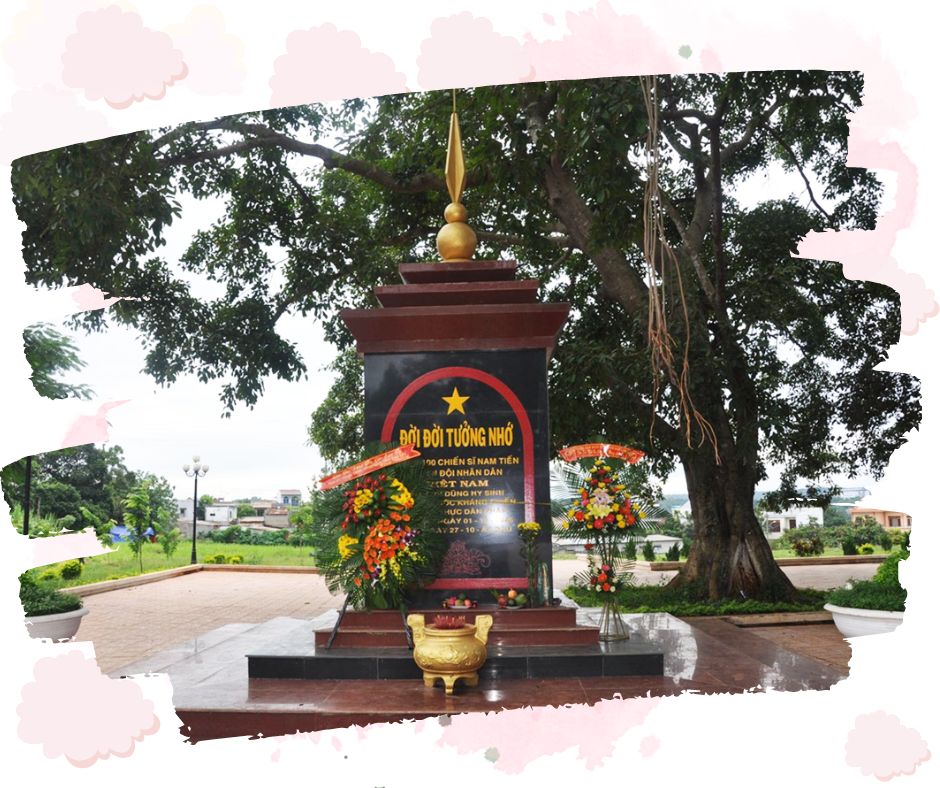
The commemoration site of the Southward soldiers in Buon Ma Thuot, with great meaning, is both a symbol to honor the heroic sacrifices of the Southward soldiers and a gratitude to the excellence children of the country Their sacrifices not only contributed to the common cause of the country but also left experienced lessons about patriotism, solidarity, loyalty and unanimity in preserving the country's independence and freedom of the nation, forever a shining example of revolutionary heroism.
The Mau Than Monument 1968, which marks the brave and resilient spirit of the people of ethnic groups in Dak Lak province during the Tet Offensive 1968.
The Mau Than Historical Monument 1968 includes 2 locations: the Mau Than Monument Area, Km5, Tan Hoa Ward (Hoa Binh T-junction) and mass graves at Km7, Tan Hoa ward, Buon Ma Thuot city, Dak Lak province.
During the Tet Offensive 1968, the army and people of Dak Lak province captured and mastered a number of enemy’s important positions in the town, closely coordinating military, political and military operations promptly used inline forces to destroy the enemy, destroyed many war vehicles, and sent thousands of soldiers to the streets with a fierce spirit. The largest and most fiercely fought was the East with over 9,000 people including the Kinh in the liberated palaces and ethnic minorities in H8 and H9 (Krong Bong district at present).
Remembering the brave courage and resilience to fight against the enemy, the great sacrifices and losses of mothers, sisters and ethnic minorities in Dak Lak province in the Tet Offensive 1968, after the liberation day, Dak Lak province deployed to build a mass grave at Km7, Tan Hoa ward, Buon Ma Thuot city, where loyal revolutionary the soldiers and ethnic people in the province participating in the Offensive heroically sacrificed. In 1994, the construction of the 1968 Mau Than Monument was set up at Km5 (Hoa Binh T-junction) in Tan Hoa ward, Buon Ma Thuot city. The monument was taken from the prototype of the People's Armed Forces Hero - Huynh Thi Huong (Mother Hai), one of the typical role models for more than 10,000 mothers and sisters who joined the protest group entering the gateway of Buon Ma Thuot town during the General Offensive and Uprising on the Tet Offensive 1968.
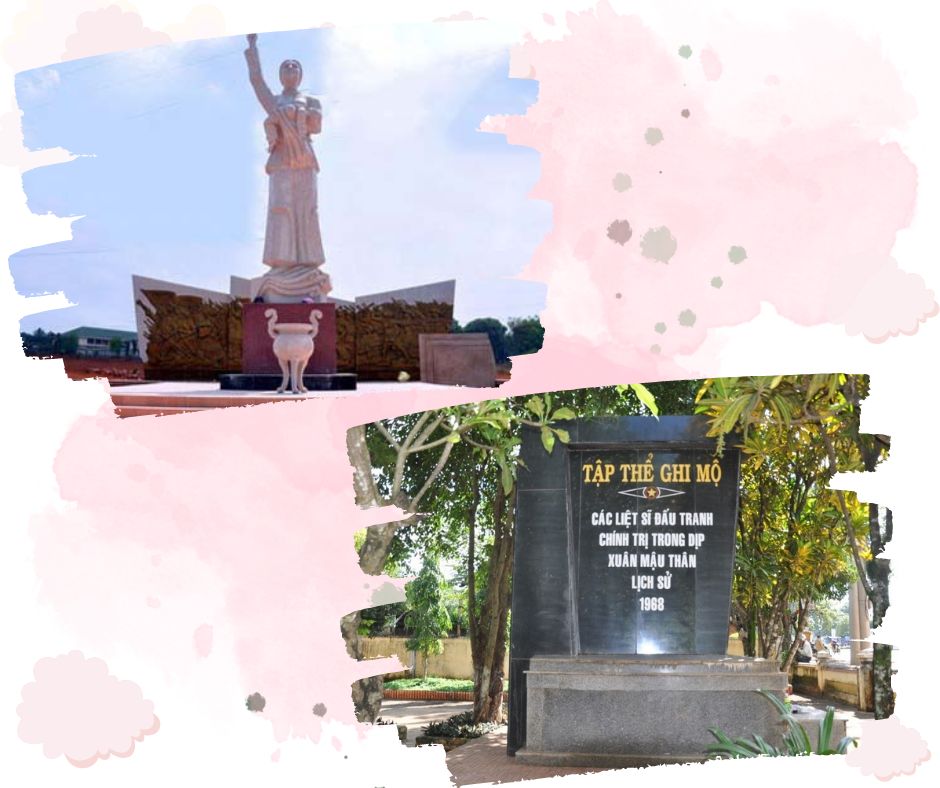
In recent years, the conservation and promotion of the values of historical relics has always been focused by Dak Lak Museum, in order to introduce to a large number of domestic and foreign tourists the local scenic spots and historical relics and culture. In addition, interestingly practical education activities at the relics also create unforgettable impressions for visitors when coming to Buon Ma Thuot city.
GDTT



